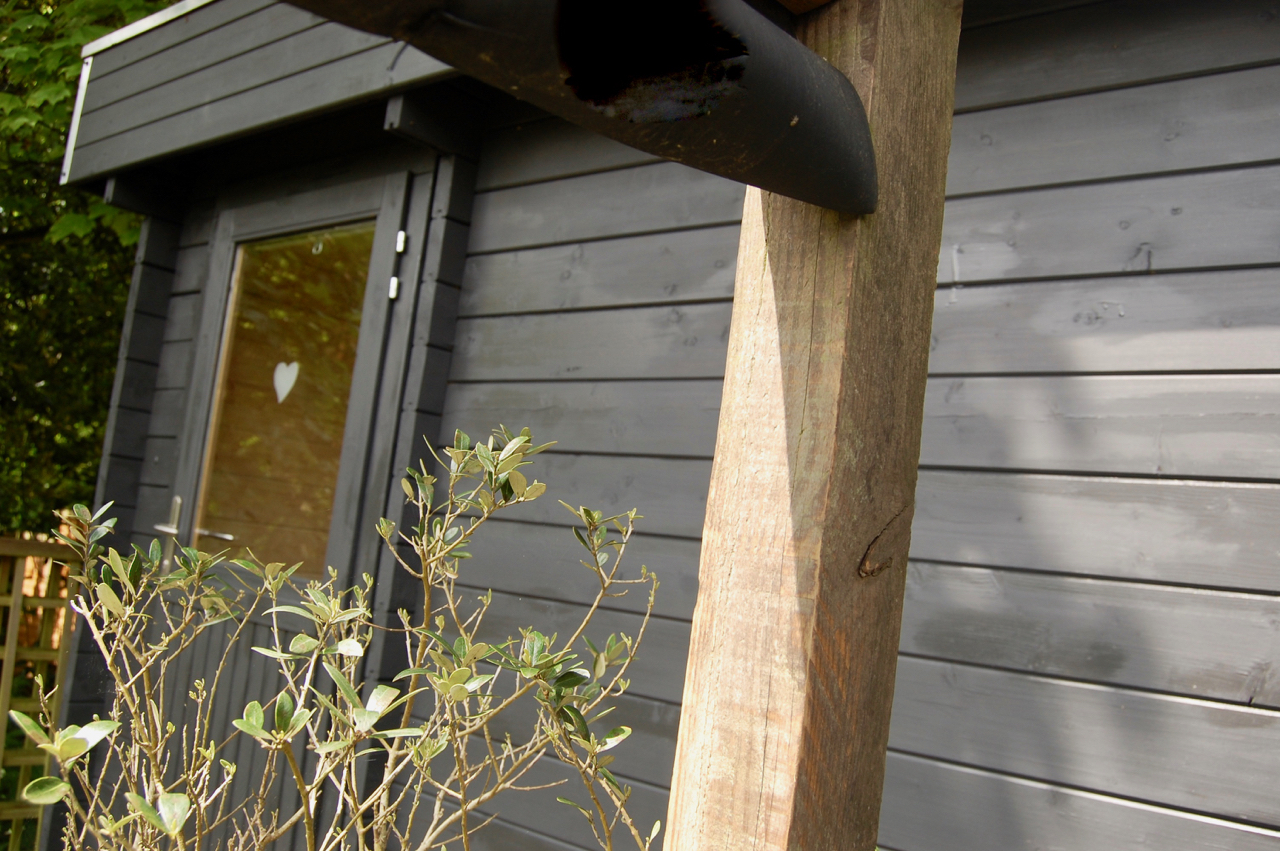Car Siding And Linseed Oil

Once you have boiled the mixture for a few minutes take the pan to where you will be adding the linseed oil.
Car siding and linseed oil. We purchased a cedar sided home last oct found out the previous owner used a 50 50 mix of linseed oil turpentine on the siding. Sand the siding with 100 grit sandpaper and wipe clean. The applications were inconsistent as there are areas that have a heavy dried on film others that are dried wood. I would appreciate any suggestions on cleaning stripping and refinishing my siding.
Create a 50 50 mixture of boiled linseed oil and paint thinner. Overall the siding is in remarkably good shape for being 18 years old. Keep in mind applying boiled linseed oil straight out of the can to your cedar siding can and will darken over time. For exterior use be sure to prime the backside as well.
It uses boiled linseed oil and mineral spirits mixed at a 50 50 ratio. Spot prime any big knots with an oil based stain killer and then prime the entire surface including the tongue with a paintbrush and roller. Apply the solution using a spray bottle foam brush or rag. Anyway i ve thought about ripping it all off and just slamming vinyl up.
Learn how to restore yellow faded bmw headlights. Boiled linseed oil blo is my favorite polymerized oil finish. Finally allow the solution to absorb on the surface for a few seconds and then wipe away the excess. 3 times to clean it up.
I ll confess that i ve tried a number of solutions mea culpa. Caution using linseed oil. When would you ever want it to not dry. Leave for about 30 minutes and then wipe down any excess liquid using the sponge.
The raw one does not dry. This was much lighter toned when newer but over time has gotten darker with multiple coats of linseed oil over the years. And so for a siding sealing material for an exterior finish you use boiled linseed oil. If you re painting the pine paneling the first step is to prime it thoroughly.
The difference is that the boiled linseed oil is the only one that dries. Both provide a rich unmatched oil finish that adds character depth and beauty to virtually any wood surface. Use one thin layer at first and then allow it to soak into the wood. Both have a definite place in a woodworker s arsenal.
Both a classified as drying oils which means they harden over time. Using your brush apply the linseed oil and turps to the wood.














































